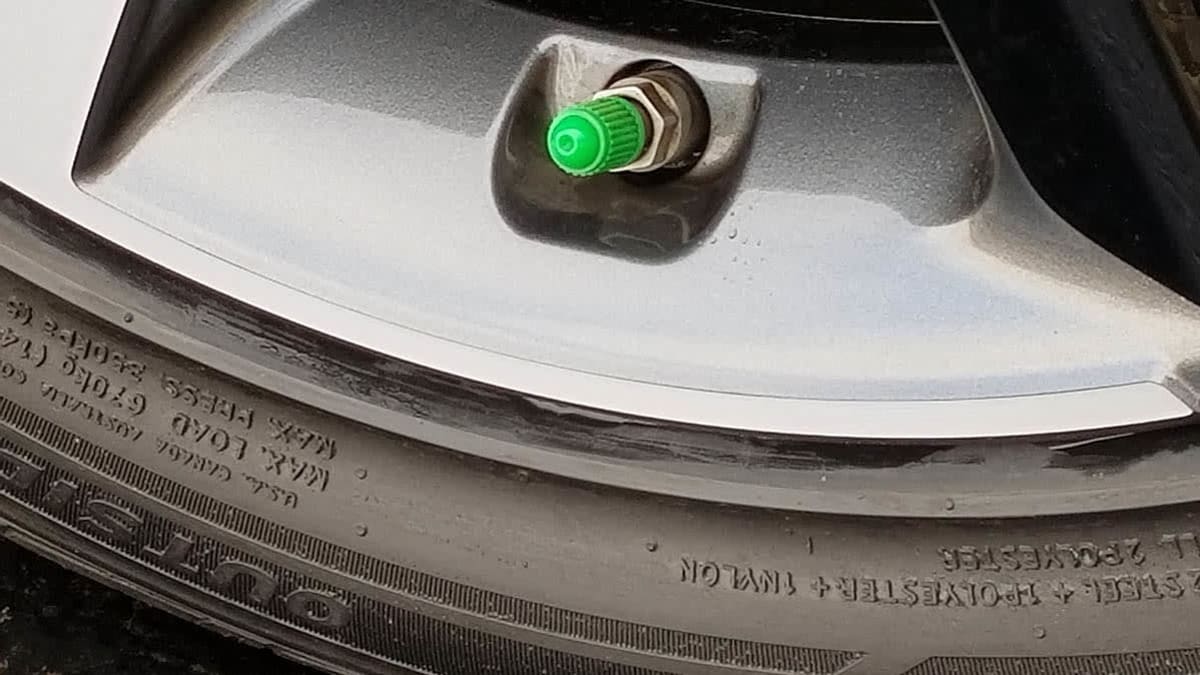Blackcrusader
Contributor
You must have misunderstood. The maximum depth for air is 100ft / 30m.
Nonsense. Stop peddling your misinformation. I often do dives on air to 45m... never been an issue in over 40 years of diving. Different agencies teach different standards. 60m on air was common for CMAS, 50M for BSAC, 40m for Padi and others....





